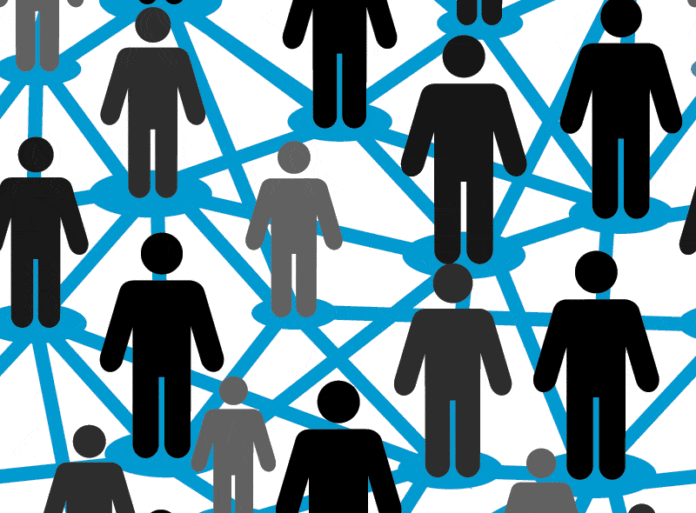Integrator functions are where the chirps from hundreds to millions of devices are analyzed and acted upon. Integrator functions also send their own chirps to get information or set values at devices – of course these chirps’ transmission arrow is pointed toward devices. Integrator functions may also incorporate a variety of inputs, from big data to social networking trends and “Likes” to weather reports.
Integrator functions are the human interface to the IoT. As such, they will be built to reduce the unfathomably large amounts of data collected over a period of time to a simple set of alarms, exceptions, and other reports for consumption by humans. In the other direction, they will be used to manage the IoT by biasing devices to operate within certain desired parameters.
Using simple concepts such as “cluster” and “avoid”, integrated scheduling and decision-making processes within the integrator functions will allow much of the IoT to operate transparently and without human intervention. One integrator function might be needed for an average household, operating on a Smartphone, computer, or home entertainment device. Or the integrator function could be scaled up to a huge global enterprise, tracking and managing energy usage across a corporation, for example.
When it comes to actually packaging and delivering products, some physical devices will certainly be combinations of functions. Propagator nodes combined with one or more end devices certainly make sense, as will other combinations. But the important concept here is to replace the idea of peer-to-peer for everything with a graduated amount of networking delivered as needed and where needed. In the Internet of Things, we need a division of labor (like ant and bee colonies) so that devices with not much to say or hear receive only the amount of networking they need and no more.
Next time, we’ll talk about the communications architecture for the IoT in more detail and why the needs of the crowd are different from the needs of the cloud.












